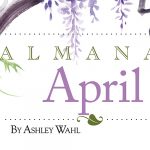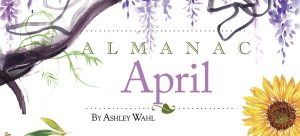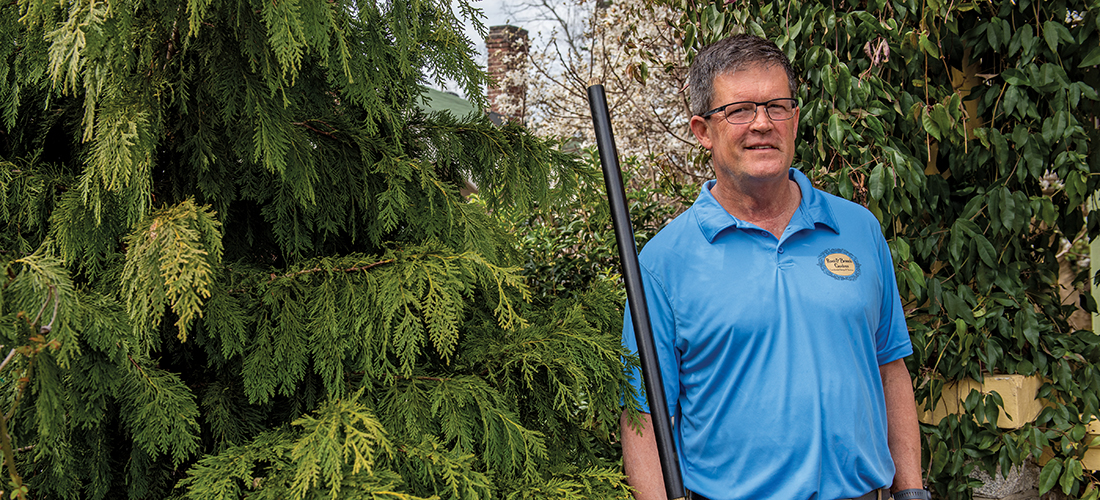
One native plant at a time. That’s how Root & Branch Gardens’ Steve Windham is helping to restore our ecosystem
By Ross Howell Jr.
Sitting on his Wharton Street front porch, Steve Windham is telling me the story behind Root & Branch Gardens, his landscape design and services business.
What makes Windham’s approach unique is that he doesn’t want your yard just to be pretty. He wants it to protect the balance of nature.
For that reason, Root & Branch Gardens specializes in landscaping with North Carolina native plants and trees. Native plants, he tells me, are arguably essential to life as we know it. The birds, the bugs, the harmony of all living things.
Sharing this knowledge has become the soul of Windham’s work.
I ask him how long he’s worked in landscaping and watch a twinkle dance at the corner of his eye.
“Since I was big enough to dig a hole,” Windham answers.
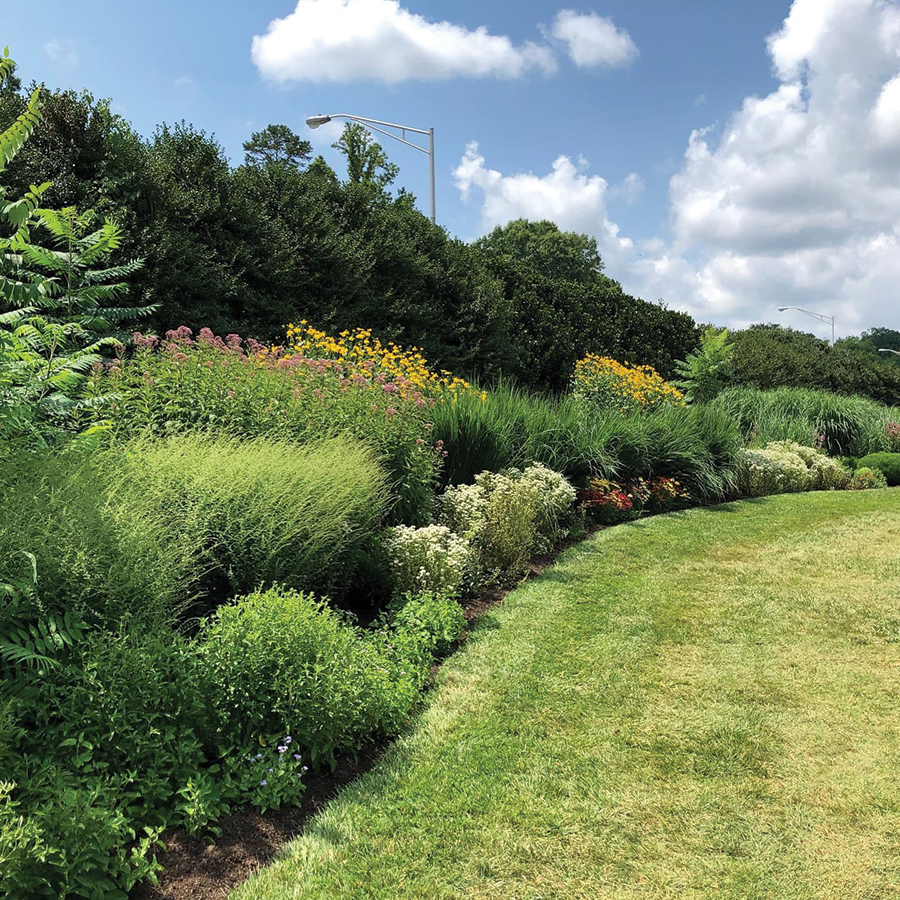
He describes a photograph in which he’s sitting in a wheelbarrow at the age of 8. It wasn’t just anybody’s wheelbarrow. It was his mother’s.
Jeannette Windham is the founder and proprietor of Jeannette’s Plants and Designs, a gardening institution in Greensboro — and later, in Summerfield — for many years.
Though retired, Jeannette still keeps her hand in the soil, so to speak, volunteering for Greensboro Beautiful Inc. (Steve, who’s also active, served as a past chairman.) Just recently, she curated the renovation of the Rock Garden at Tanger Family Bicentennial Garden, finalizing its design and specifying the plantings.
“My mom was a great inspiration . . . a mentor,” Windham says. “She’s a real plant person.”
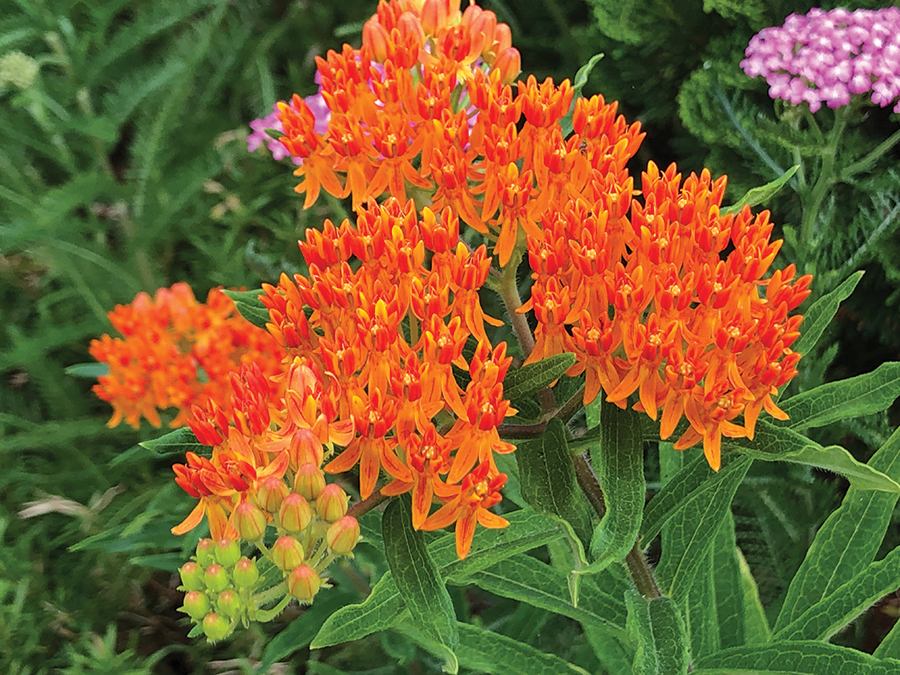
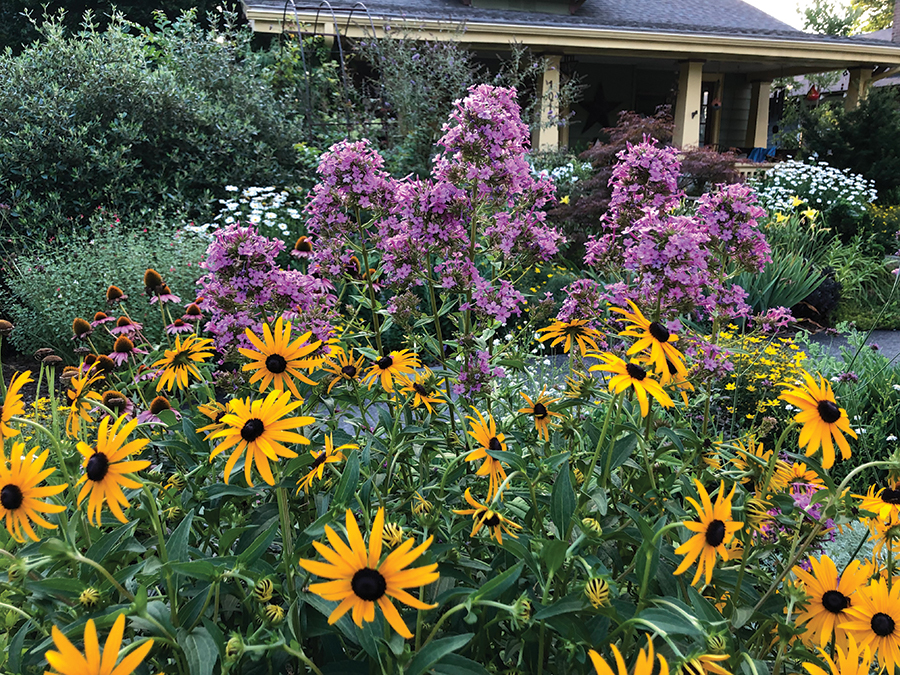
As a kid, Windham recalls helping his mother with various landscaping projects in Greensboro and getting his hands dirty in his granddad’s vegetable garden. Before graduation from Page High School, he even worked part-time for his mother.
At one time he considered a career in electrical engineering, but his interest in the natural world never waned. He studied at Guilford College and Central Piedmont Community College. “I took biology, ornithology, different things,” he says. He received a degree in horticulture at CPCC. And his passion for learning continues.
Windham is currently working toward a certificate in native plants from the North Carolina Botanical Garden at UNC-Chapel Hill, where a conservation garden offers something of a proving grounds for propagating native plants, banking seed to protect wild plants from extinction, conserving biologically diverse habitats and creating native gardens using sustainable gardening practices.
Before realizing what is now his core mission — that he is here to serve as a guide and advocate of native plants and trees — Windham ran a small business and worked at New Garden Landscaping & Nursery for nearly three decades.
In 2016, while Windham was still working at New Garden, he got involved with the Davidson Horticultural Symposium, which has been around for 35 years but seeks to offer new voices in horticulture.
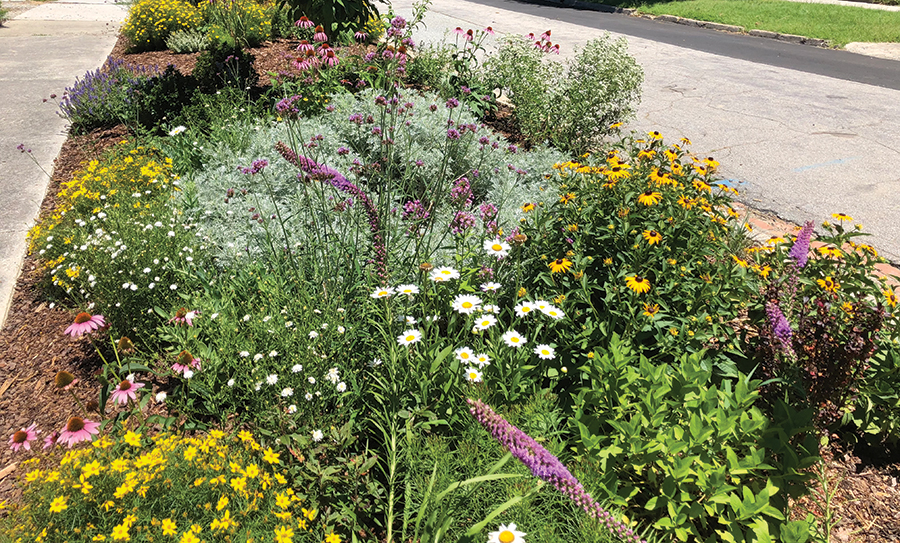
One of those voices was Doug Tallamy, author of Bringing Nature Home: How You Can Sustain Wildlife with Native Plants. In the book, the University of Delaware professor uses hard science to convince readers how essential the link is between native plants and native wildlife. When gardeners fill their yards with nonnative species, native insects will not — or cannot — ingest these “alien” plants. So the insects starve, depleting a major food source for birds and other creatures.
When Windham fully understood how important native plants and trees are to the environment, he put that knowledge at the core of his professional life, launching Root & Branch Gardens in 2018.
“I decided to tie my personal interest to my business,” he says, “so I could practice conservation in my backyard and other people’s backyards.”
The point, Windham adds, is not to get customers to uproot and replace all their Bradford pear trees, crape myrtles and Burford hollies. He’s happy if he can get customers to at least consider native options, which are also beautiful, sustainable and beneficial to our ecosystem, when selecting trees and plants for their gardens.
As for groomed, expansive yards — well, he’d like to see them smaller. Many native grasses and shrubs that need no herbicides or fertilizer to thrive can be introduced to occupy some of the space.
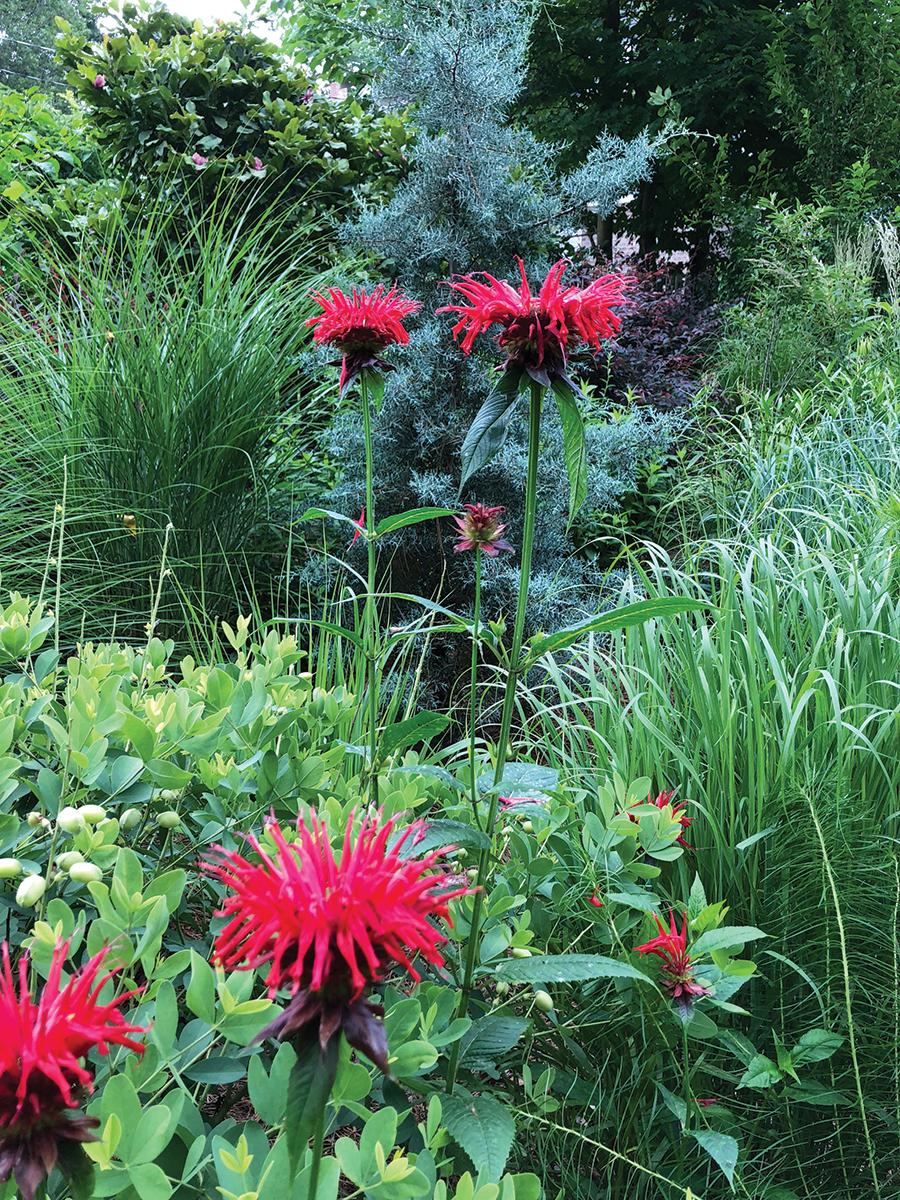
But before Windham makes any suggestions, he first visits with his clients in their yards and gardens. He asks them if they like to have birds and butterflies around. He asks if they’d like to reduce the size of their lawns, and add plants that will provide food for wildlife. He asks their favorite time of year in their gardens, since various natives add interest at different times of year.
“Just because you decide to use native plants doesn’t mean they’ll do well,” Windham explains. The success of the natives depends on matching their traits with soil type, drainage and sunlight. There are some native plants that are best suited to shady, wet situations, and others that thrive in hot, dry exposures.
Now Windham is reading a New York Times best-seller by Doug Tallamy: Nature’s Best Hope: A New Approach to Conservation That Starts in Your Yard. If American landowners converted just half their yard space to native plants, Tallamy argues in his online initiative called the Homegrown National Park, they would “collectively restore . . . ecosystem function to more than 20 million acres of what is now ecological wasteland.” (To put that in perspective: the biggest U.S. National Park is Alaska’s Wrangell-St. Elias National Park & Preserve, comprising 13.2 million acres, more area than Yellowstone National Park, Yosemite National Park and the country of Switzerland combined.)
Windham is doing what he can to help make that happen.
The best part?
“I’m getting to do what I love,” says Windham. “And I know Mom is proud.” OH
Root & Branch Gardens is located at 1019 Wharton Street, Greensboro. For more information, visit rootandbranchgardens.com.
Ross Howell Jr. is a freelance writer and geezer gardener. Contact him at
ross.howell1@gmail.com.
Interested in learning more about landscaping with native plants?
In addition to the resources already mentioned, Windham recommends Native Plants of the Southeast: A Comprehensive Guide to the Best 460 Species for the Garden, written by Larry Mellichamp, professor emeritus of botany and horticulture at the University of North Carolina at Charlotte.
In addition to visiting Chapel Hill’s botanical garden, you might also want to visit The University of North Carolina at Charlotte Botanical Gardens. Founded in 1966, the botanical gardens comprise a 7-acre native plant garden, The Van Landingham Glen. Like the UNC-Chapel Hill botanical garden, the UNCC botanical gardens offer certification in native plant studies.
One of the oldest plant societies in North America (founded in 1951), the North Carolina Native Plant Society provides an outstanding website with a list of N.C. native plants for gardens, along with activities and events, at ncwildflower.org.


